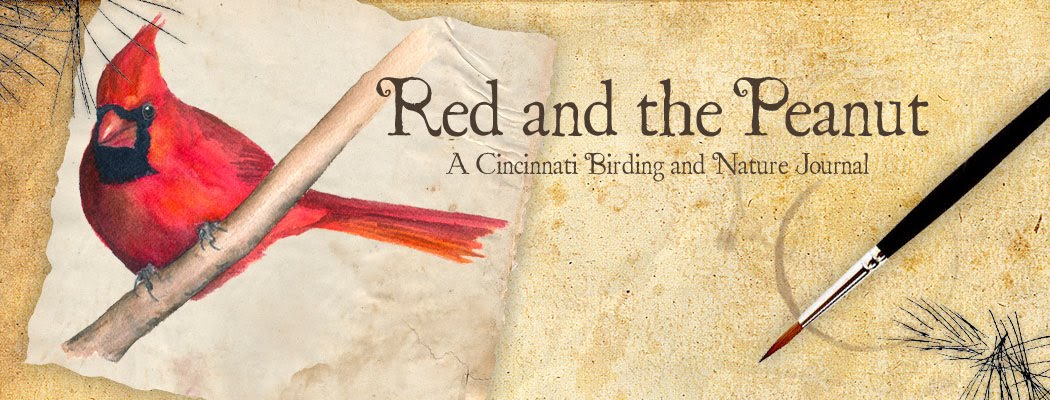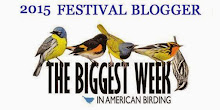Click here for an older post called "Titmice and chickadees cache food for winter survival" to read more about this unique ability. Chickadees have larger spatial memories than non-caching birds, and the extra brain cells (which become more numerous during the autumn) help them keep track of the seeds they hide. For an article from Lehigh University that explains how this works in a little more detail, click here. In the article, Colin Saldanha talks about how the bird's hippocampus expands by about 30% in autumn due to the creation of new nerve cells. In the spring, the chickadee's hippocampus returns to normal size.
 |
| Green is still king along the Little Miami Trail, but it better get ready to abdicate the throne, because yellow, gold, and red are ready to take over! |












